Deputy Minister of Industry and Trade Dang Hoang An said Vietnam has imported electricity from China since 2005 and from Laos since 2016, with low output compared to the country's total electricity demand.
The story related to many renewable energy projects (wind power, solar power) being slowly put into operation, generating electricity causing waste, while Vietnam Electricity Group - EVN increased electricity purchases from Laos and China, causing a stir in the National Assembly on May 25.
At a press conference this afternoon, Deputy Minister of Industry and Trade Dang Hoang An said that Vietnam does not import electricity because of a shortage, but has been buying electricity from China since 2005 through the Lao Cai and Ha Giang transmission lines. Electricity imported from Laos is mainly hydropower, through an intergovernmental cooperation agreement in 2016.
This purchase is under cooperation agreements with countries in the Greater Mekong Sub-region. In the future, Vietnam can expand its common grid connection with countries in the ASEAN region and the Power Master Plan VIII also sets out directions for exporting renewable energy to neighboring countries.
Vietnam currently has 220 kV lines connecting with Laos and 110 kV lines connecting with China. According to the Memorandum of Understanding between Vietnam and Laos signed in June 2016, the total capacity of electricity imported from Laos to Vietnam is at least 3,000 MW by 2025 and 5,000 MW by 2030. The Prime Minister has approved the policy of importing electricity from projects and project clusters in Laos, with a total capacity of 2,689 MW.
According to the Ministry of Industry and Trade, the amount of electricity imported from Laos is about 7 million kWh per day and from China 4 million kWh. Compared to the electricity consumption in the North of 445-450 million kWh per day, "the proportion of imported electricity is very low".
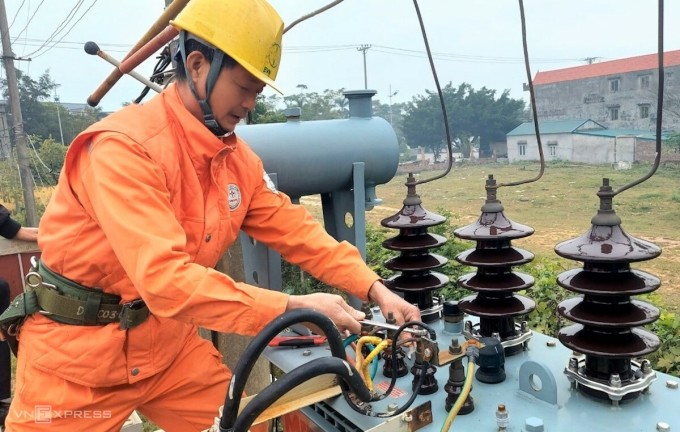
Mong Cai City cuts power to connect the 110kV Mong Cai-Dong Hung line. Photo: Mong Cai Electricity
This year, according to the Ministry of Industry and Trade, electricity imports from these two countries have increased due to extreme weather and drought at hydroelectric reservoirs, causing a shortage in the dry season. To have enough electricity for production and consumption, in addition to mobilizing all domestic sources, EVN said it is negotiating to buy electricity from China via the 110 kV Tham Cau - Mong Cai line in May, June and July with a capacity of 70 MW, and is expected to be energized from next week. The group also imports electricity from Laos via the Nam Kong and Nam San hydroelectric plant clusters.
In addition, the price of imported electricity is lower than that of domestic electricity. The price of electricity purchased from China is 6.5 cents, or nearly 1,540 VND per kWh. The price of electricity purchased from Laos is 6.9 cents per kWh, about 1,632 VND per kWh. Meanwhile, according to data from EVN, the average price of electricity purchased in the first 3 months of the year was about 1,845 VND per kWh. Thus, the price of electricity purchased from Laos and China is lower than some domestic electricity sources.
"Buying and selling electricity with other countries is inter-sectoral cooperation and of course must ensure economic efficiency," Mr. An affirmed.
Another reason why Vietnam is mobilizing imported electricity is to ensure transmission capacity. According to Mr. Bui Van Thinh, Chairman of Binh Dinh Wind Power Association, the current power shortage is concentrated in the North, while renewable energy is concentrated in the Central and South regions up to 90%, so it is necessary to maintain a suitable power load level on the 500 kV North - South line.
"Renewable electricity is concentrated too much in the Central region, this area has low load, to move it requires means of transport. The 500 kV line is overloaded, water is far away and cannot save a nearby fire, so to "save" electricity in the North, buying from China is appropriate," he said.
Deputy Minister Dang Hoang An further explained that the 500 kV transmission line has a thermal limit and cannot transmit indefinitely due to the need to ensure the technical requirements of the power system. Currently, this line is transmitting about 2,400 MW at the receiving point in the North.
Regarding the large number of transitional renewable energy projects, with a total capacity of more than 4,600 MW that has not been mobilized, according to Deputy Minister Dang Hoang An, the reason is that many investors have not met legal procedures due to violations of legal regulations on planning, land, and construction investment. "Some investors have been asked to supplement their documents since the end of March, but after 2 months they have not been able to supplement them," he said.
Many investors have not yet completed the legal documents to grant electricity operation licenses for the project - a necessary procedure according to the Electricity Law for the electricity project to be exploited. This is also the reason for the delay in preparing and submitting documents to the competent authority.
Mr. An affirmed the clear division of responsibilities between the Ministry of Industry and Trade, EVN and investors in handling difficulties for transitional renewable energy projects. "The resolution of transitional renewable energy projects is accelerated in the spirit of harmonizing benefits and sharing risks, but must comply with regulations and reasonable transmission costs. If too high, social benefits will be affected," he said.
For example, rubber plantation land or national defense land with electricity installed cannot be legalized or accepted. Even projects that have been put into commercial operation (COD) but after review, violations are still handled.
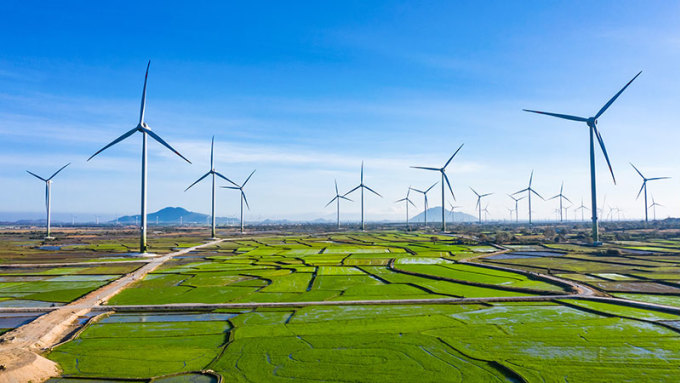
A wind power project in Ninh Thuan. Photo: Quynh Tran
According to EVN data, up to now, 52 wind and solar power projects with a total capacity of 3,155 MW (equivalent to 67% of transitional projects) have submitted negotiation documents.
Of these, 42 plants (nearly 2,259 MW) have completed price negotiations with EVN. 36 plants (nearly 2,064 MW) have proposed a temporary electricity price equal to 50% of the price frame as a basis for mobilization. Thus, 33 power plants (1,581 MW) have not yet submitted negotiation documents, accounting for about 33%. The Ministry of Industry and Trade has approved temporary prices for 19 investors, with a total capacity of nearly 1,347 MW.
By noon on May 26, there were 5 projects with a total capacity of 303 MW among the projects that had their temporary prices approved by the Ministry of Industry and Trade, eligible for commercial operation. That means the power system will have more than 300 MW from this power source in the next few days.
Currently, this amount of electricity supplies about 100-102 million kWh per day, accounting for about 1/9 of the country's electricity output. However, because the windy season has passed, the electricity output mobilized from this source is only about 5.6% of the expected capacity.
Currently, the total capacity of renewable energy projects that are behind schedule is more than 4,600 MW. Of these, nearly 2,100 MW of 34 transitional projects have completed construction and testing. These projects will not enjoy preferential prices (FIT prices) for 20 years and must negotiate electricity prices with EVN, at a level 20-30% lower than before.
Source link








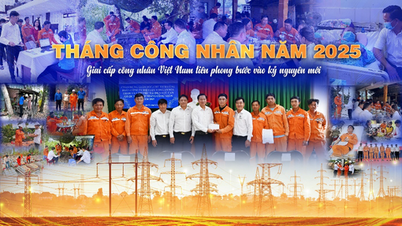

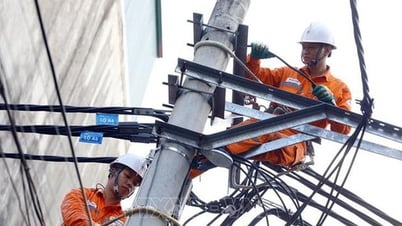

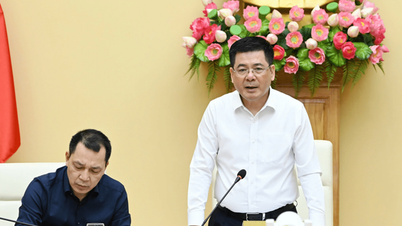

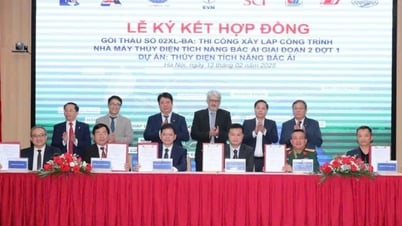

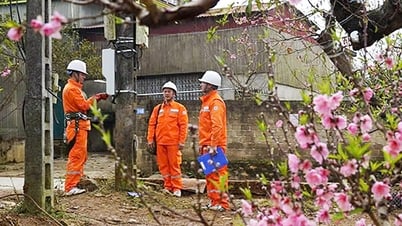


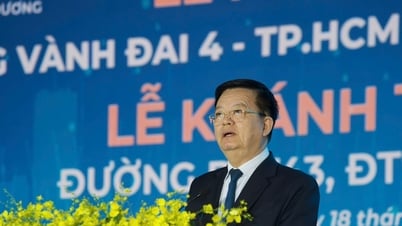


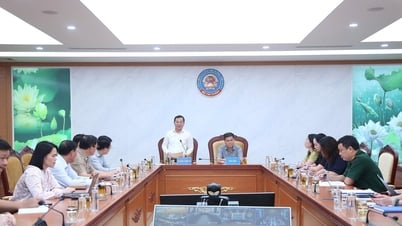

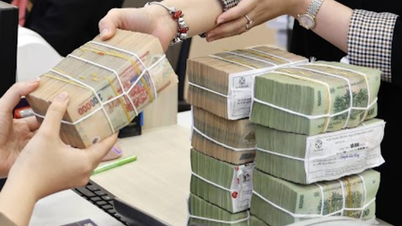

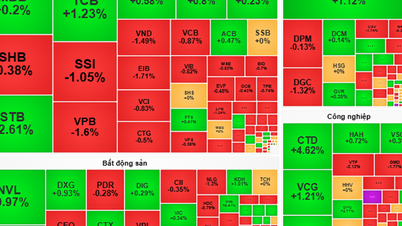































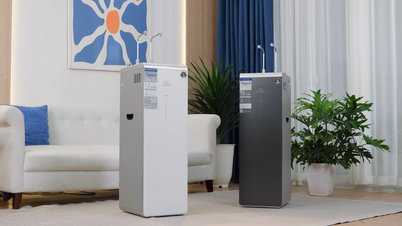

























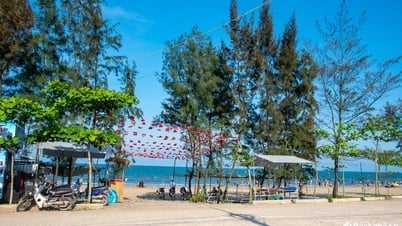
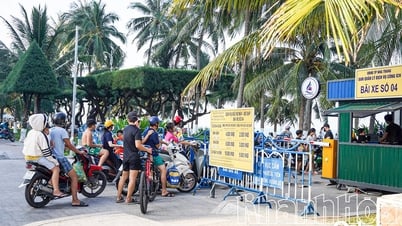

















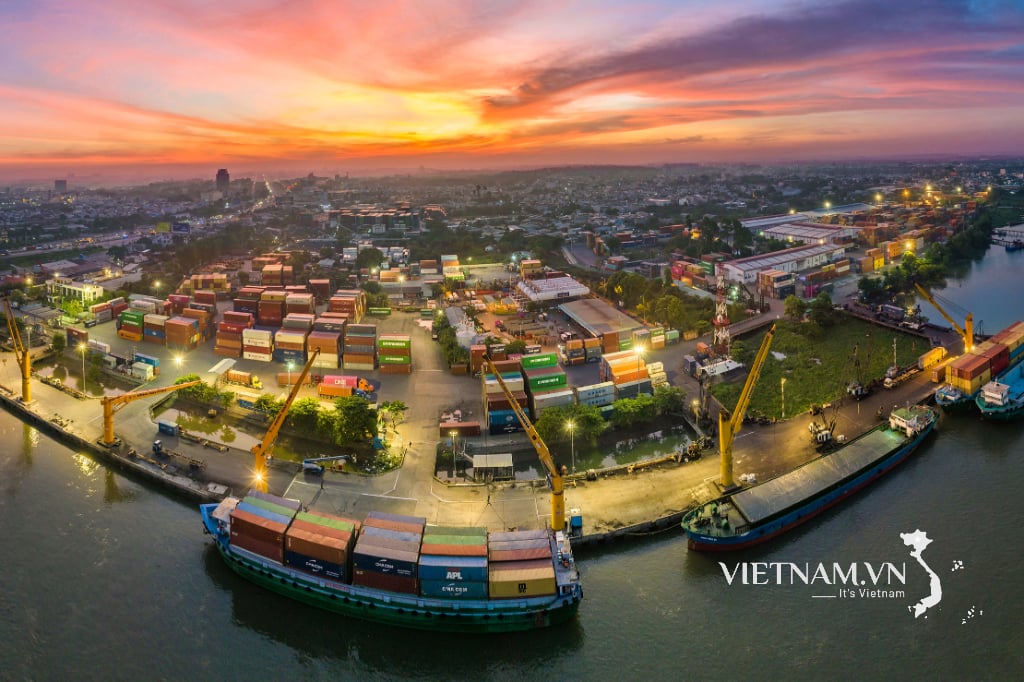


Comment (0)